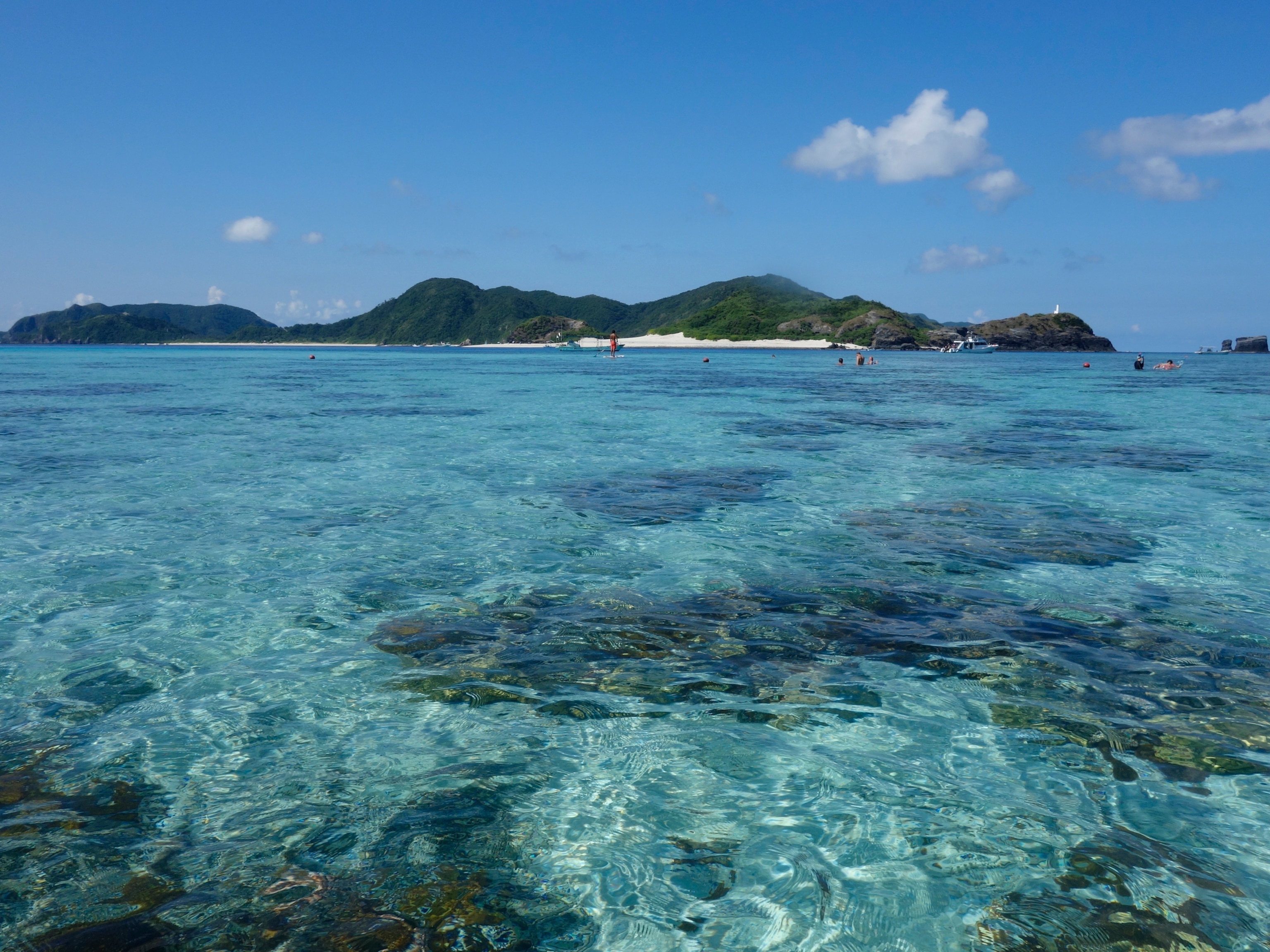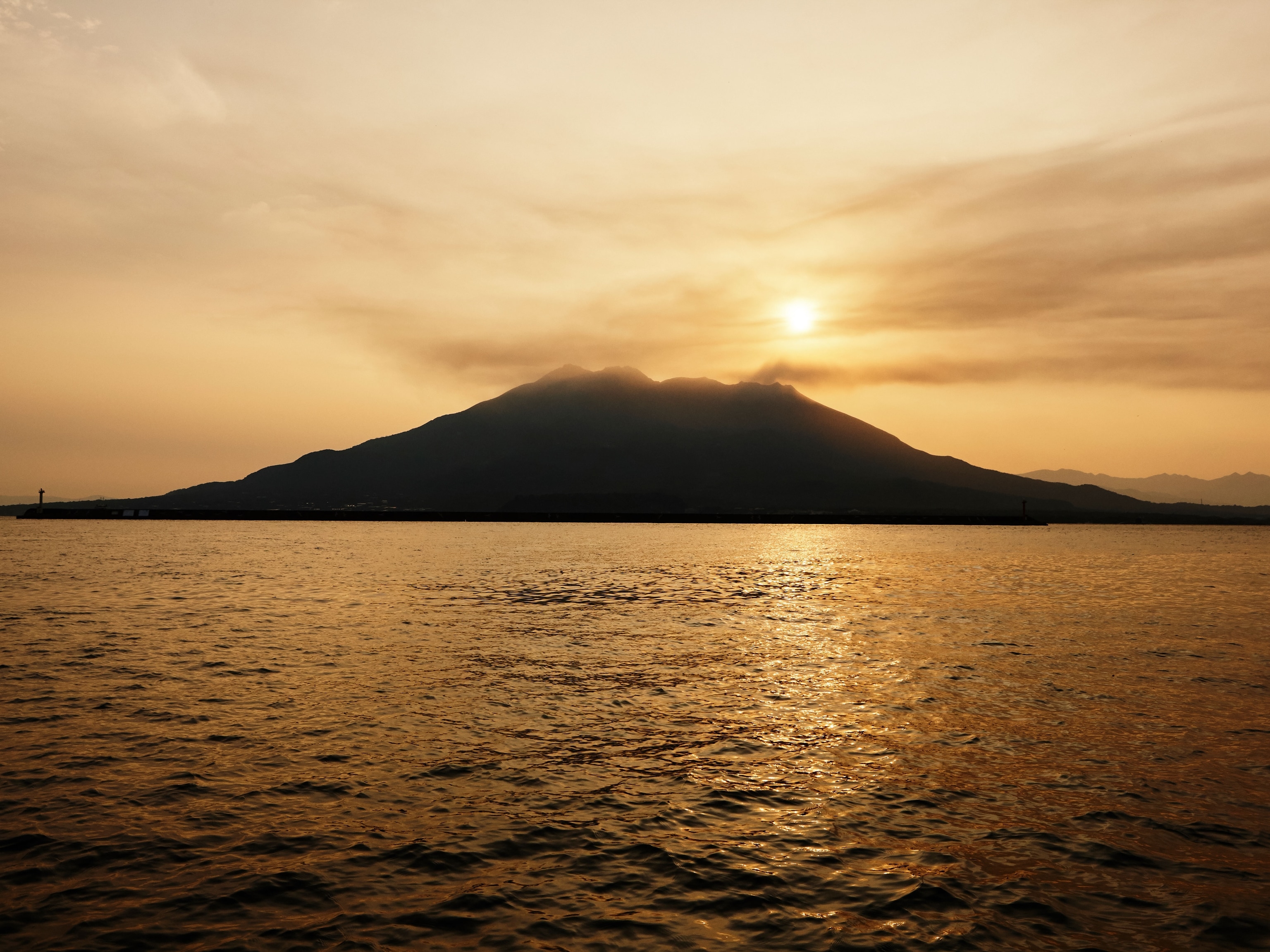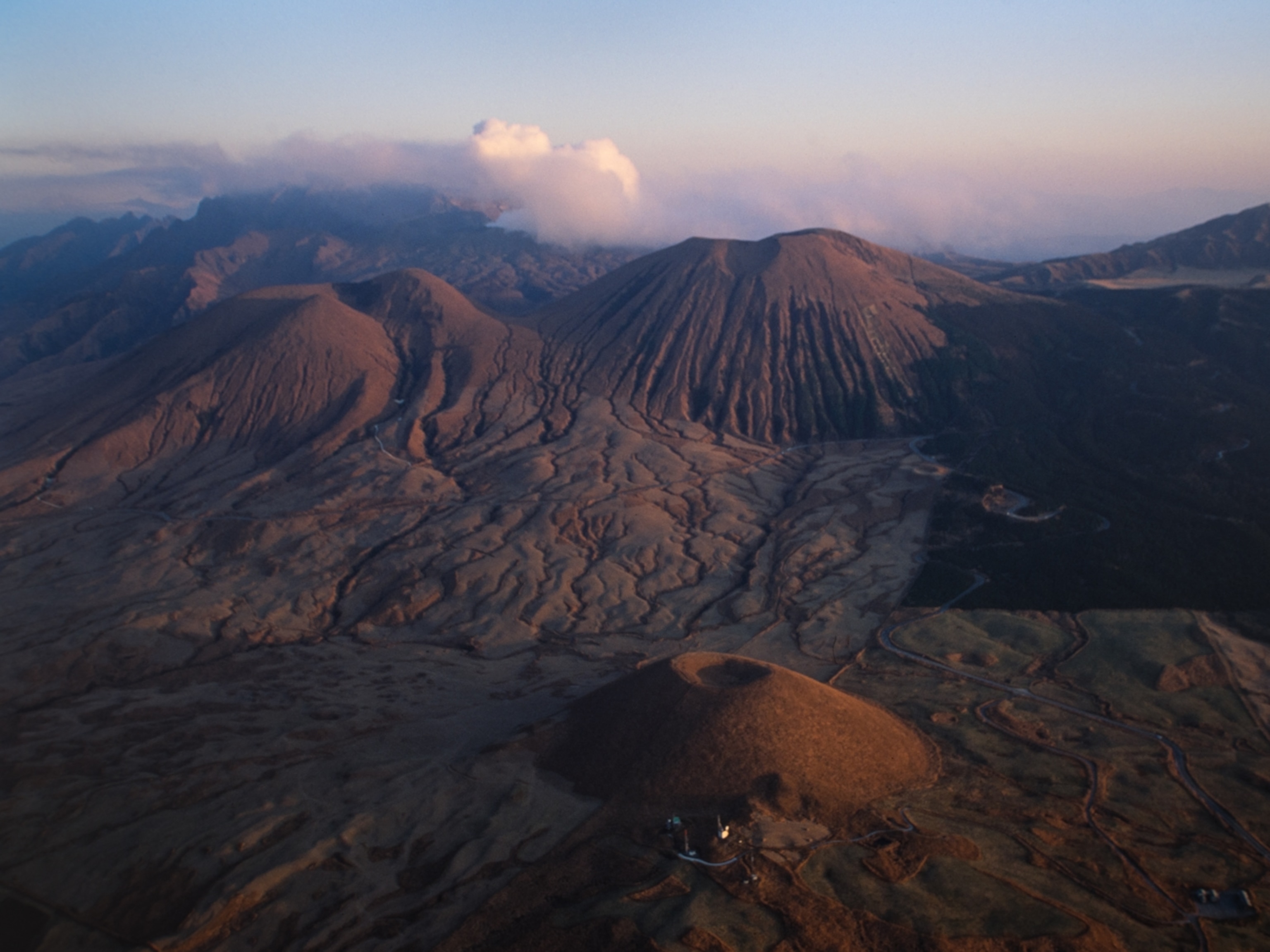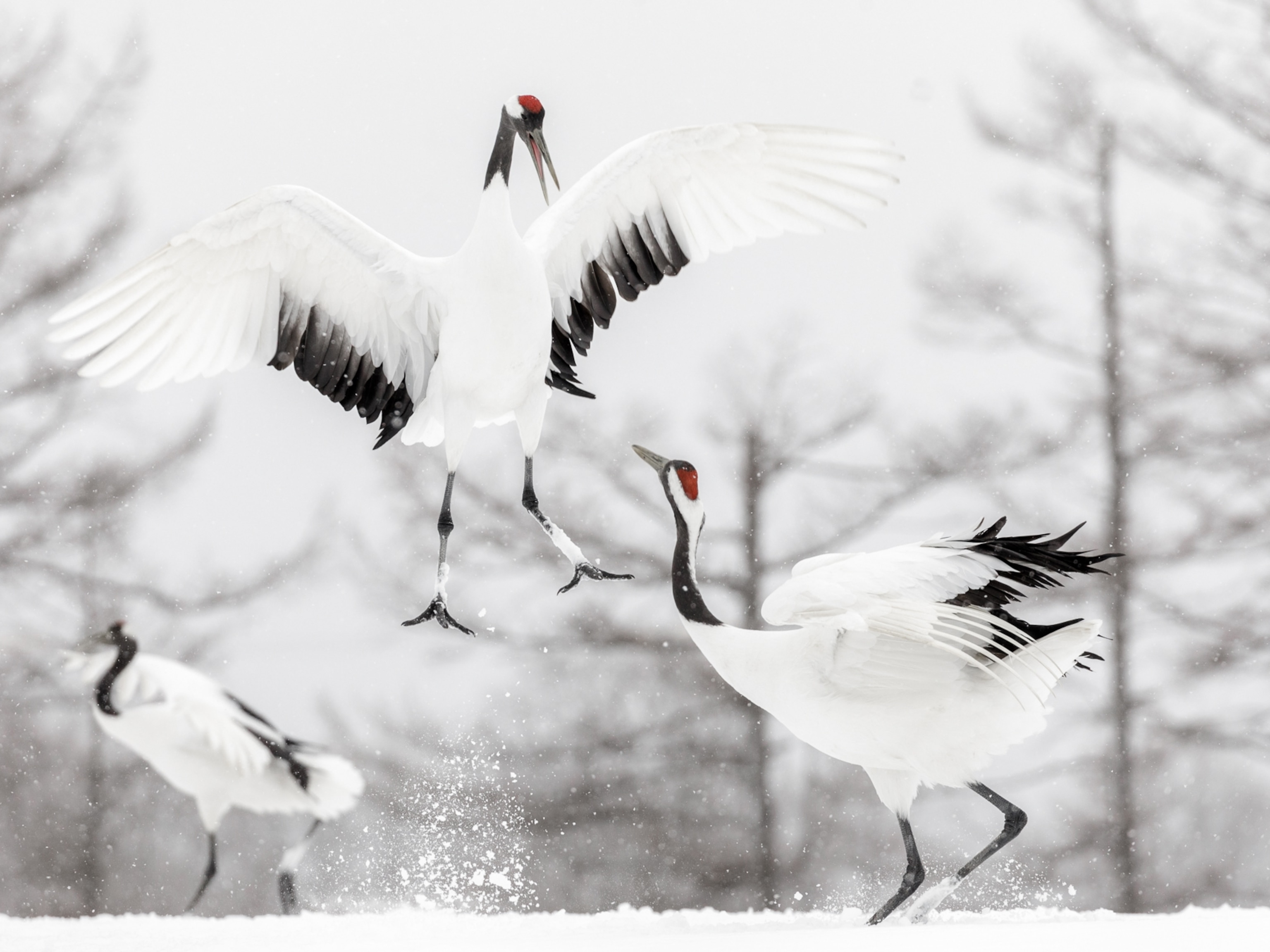Shuhei Murakami remembers his first time in a stand of beech trees nearly two decades ago. He was in his twenties, deep in a forest, in Towada-Hachimantai National Park, northeastern Japan, and he was enchanted. Murakami had grown up with the woods and wide open spaces of Hokkaido, the country’s northernmost main island. But being in the presence of beech trees felt different. The trees’ white-ish bark seemed to give off their own magical light. “The entire forest had this gentle feel to it,” he said.
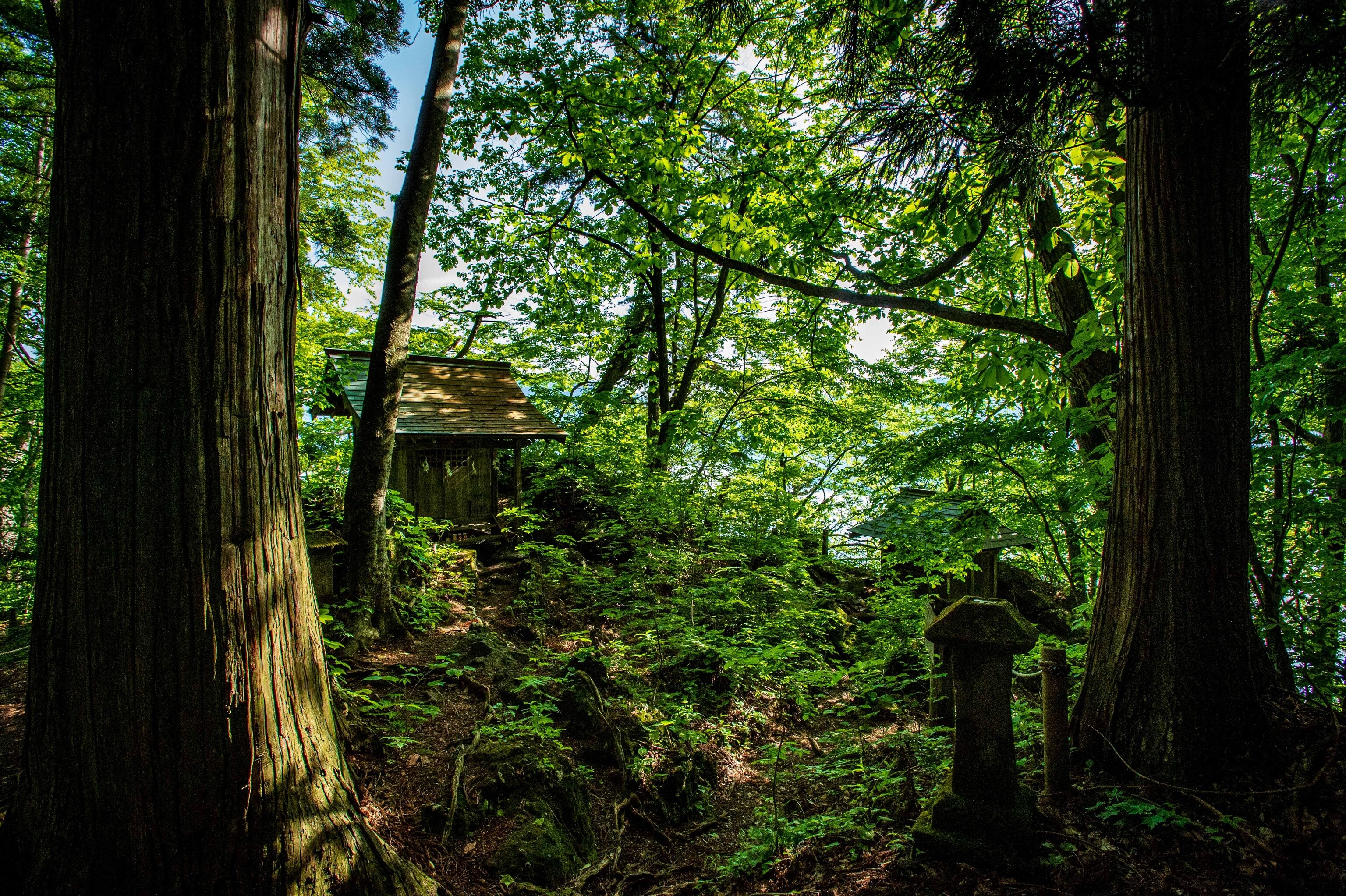
Today Murakami, 41, works in Towada-Hachimantai as a nature guide at Kai, taking visitors in canoes around Lake Towada, the park’s vast freshwater-filled caldera. He is no less in awe of the 211,000-acre (85,534-hectare) park’s beech trees. “I tell visitors that the beech forest plays a role in the water cycle here,” he said. “Beech leaves that fall to the ground take time to decompose, so they form layers, like a mille feuille cake. They filter the rainwater that gradually spills into Lake Towada. Beech trees are one reason the lake water is so clear.”
Murakami is a first-rate storyteller, a local bard of the wilderness. He is one of the many people whose lives and livelihoods are intertwined with Japan’s 34 national parks – and there are more like him than you would expect. When the government created the first parks in 1934, it didn’t have the luxury of drawing borders around only the uninhabited and remote – the virgin forests, soaring peaks and rugged coastlines. Some of what was included as parkland had been settled for generations. There were restaurants and old-fashioned ryokan inns, general stores and hot spring baths. Roughly a quarter of Japan’s national parkland is privately owned, and hundreds of thousands of people live within the parks’ borders.
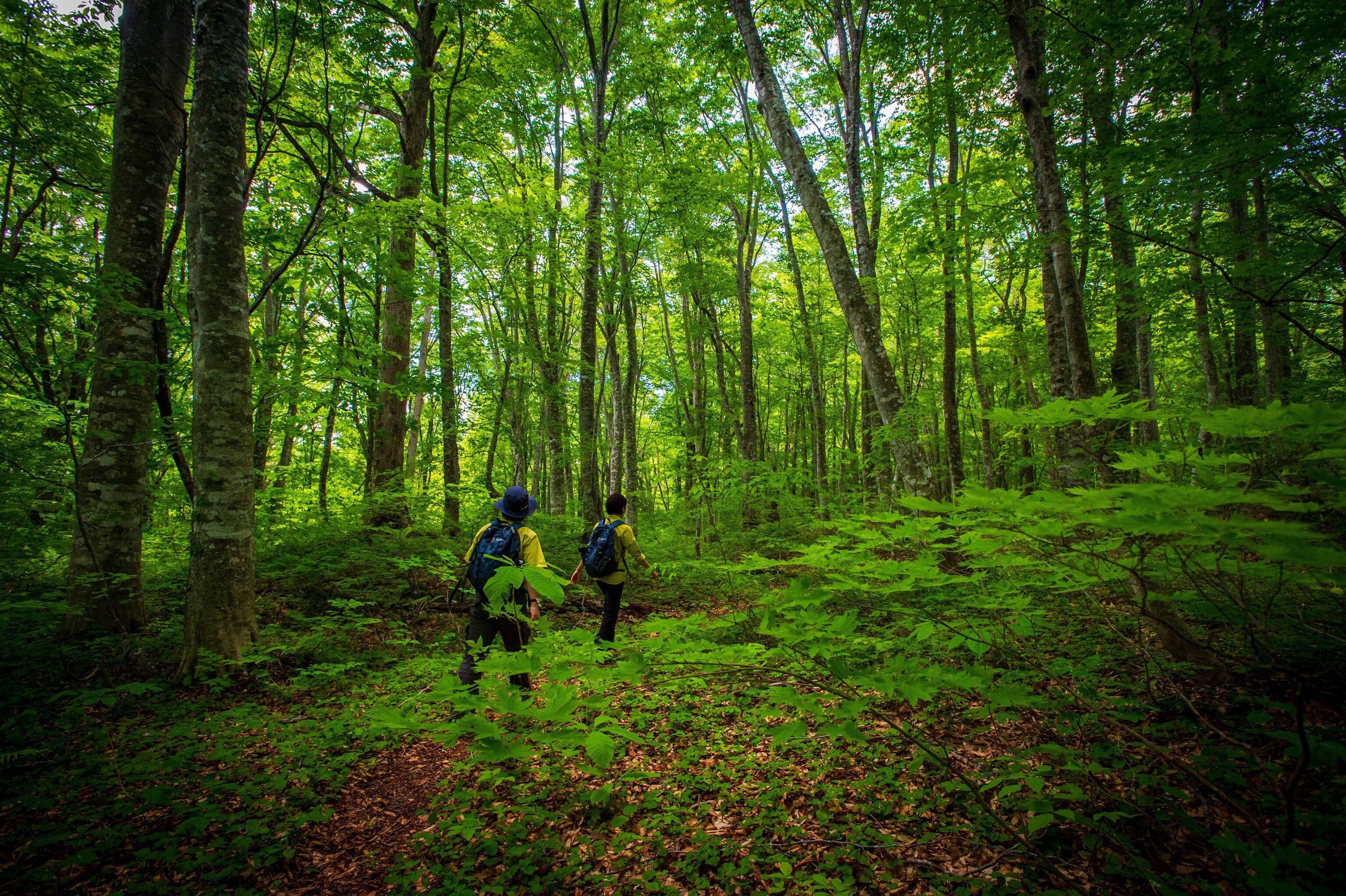
This mix of the untamed and lived-on – and everything in between – is one of the distinguishing features of Japan’s national parks. And where the park is determines how the people you find there adapt to their natural surroundings: the indigenous Ainu culture in Hokkaido or the practice of dipping in hot springs to treat ailments in the northeastern Tohoku region, for instance. It might seem odd to anyone who is familiar with the undeveloped wilderness of, say, the U.S. national parks. But in Japan, nature isn’t only thought of as untouched and untrammeled areas, said Mizuki Yamasaki, a park ranger in Towada-Hachimantai. “People in Japan grow up feeling close to nature. We don’t think of nature as a separate place from where we spend our daily lives,” said Yamasaki, who researched Australia’s national parks system while earning a PhD at the University of Tasmania. “We worship volcanoes as sacred and hear about people who stay in the mountains as part of their religious training.”
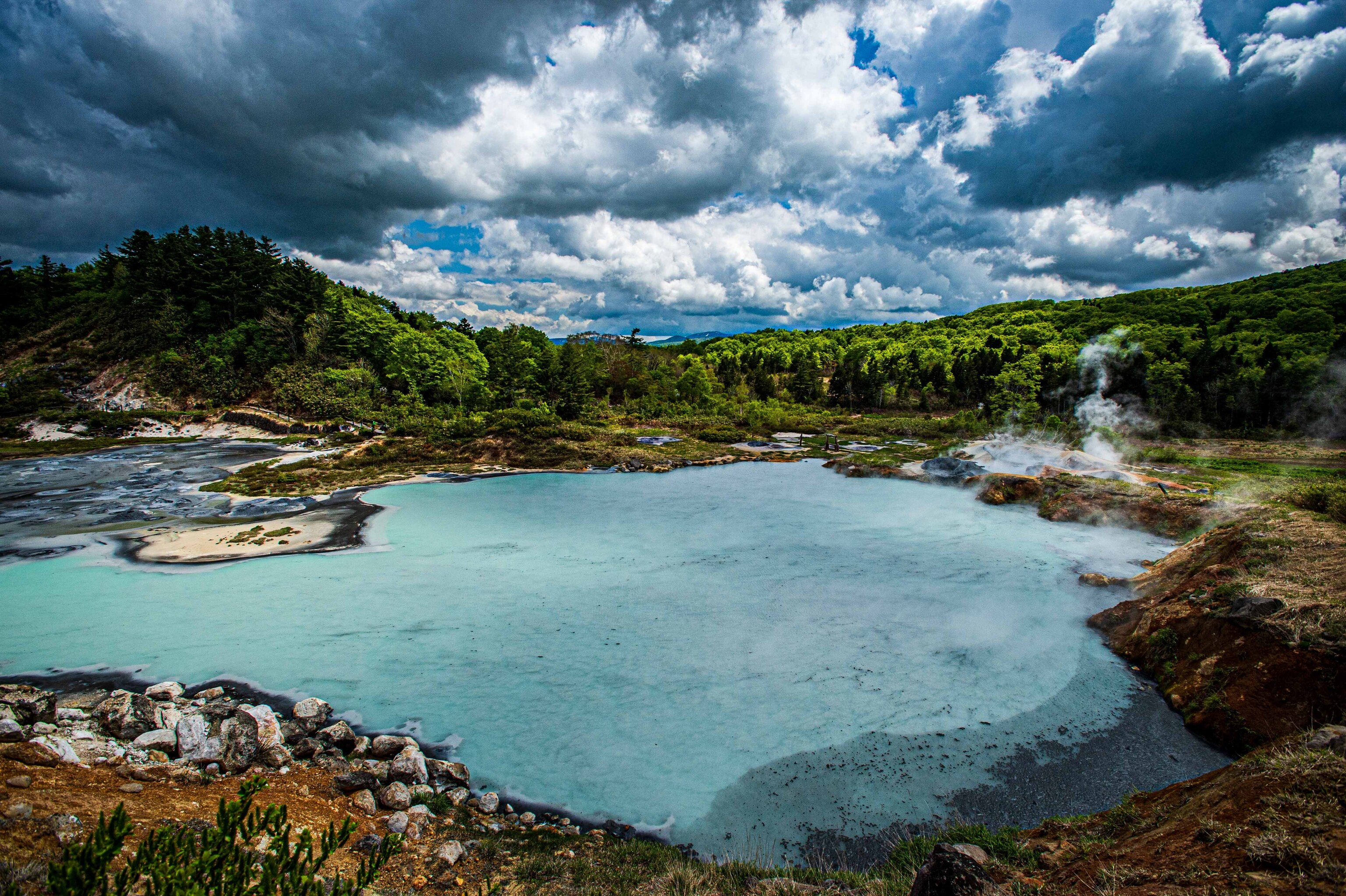
Managing the human element of the national parks is a big part of Yamasaki’s job, alongside walking the trails to scout for signs of wear and tear. To boost Towada-Hachimantai’s appeal as a destination, she and her colleagues work with experts on updating visitor center displays and coordinate with regional government officials, nature guides, hoteliers and business owners on promoting tourism, protecting the environment and even preventing traffic jams.
The people who live and work in the national parks double as caretakers and cultural custodians of these outdoor spaces. Yoshimi Kobayashi’s dual role is rather unusual: He is a Lake Towada fisherman who breeds fish to stock the lake. His most prized catch – the Japanese kokanee salmon (himemasu), a relative of the sockeye salmon – is the same species that he raises. The kokanee lures gourmets to the area’s inns, gastropubs and restaurants year-round and fishing enthusiasts to the lake in summer.
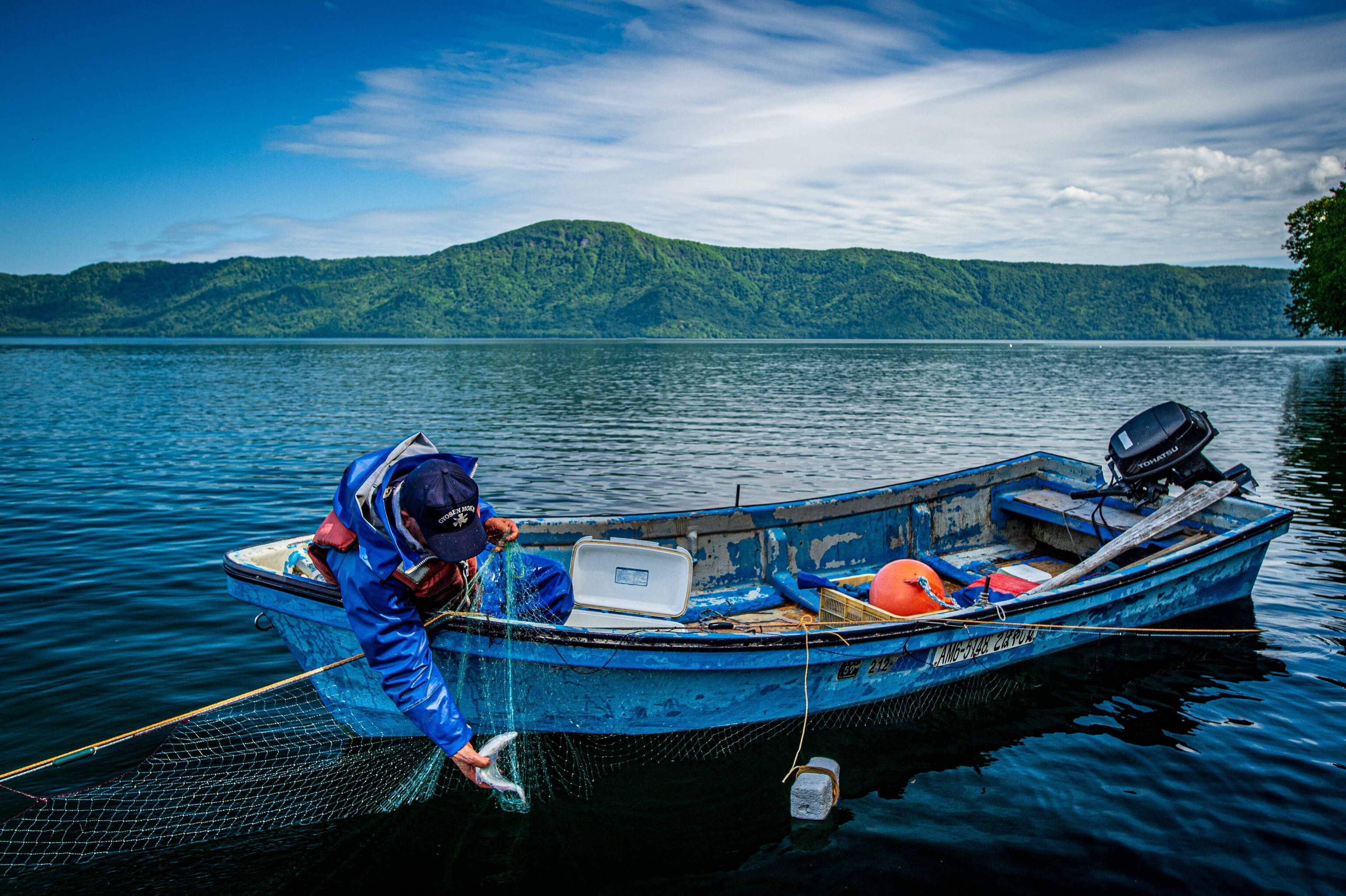
As head of the Lake Towada Fishery Propagation Cooperative Union, Kobayashi, who has worked as a fisherman for six decades, is responsible for the hatchery’s release of 700,000 kokanee fry every year. (He is also in charge of issuing recreational fishing permits for kokanee, masu salmon, shrimp, carp and crucian carp.) He carries on a practice that began in 1903, when Sadayuki Wainai brought and successfully bred kokanee from Hokkaido. “Normally, you’d want to eat kokanee when it’s at its fattiest, in winter. But the lake is deep enough, so the kokanee can swim in 7 degree C (45 F) water year round,” says Kobayashi, who is 78.
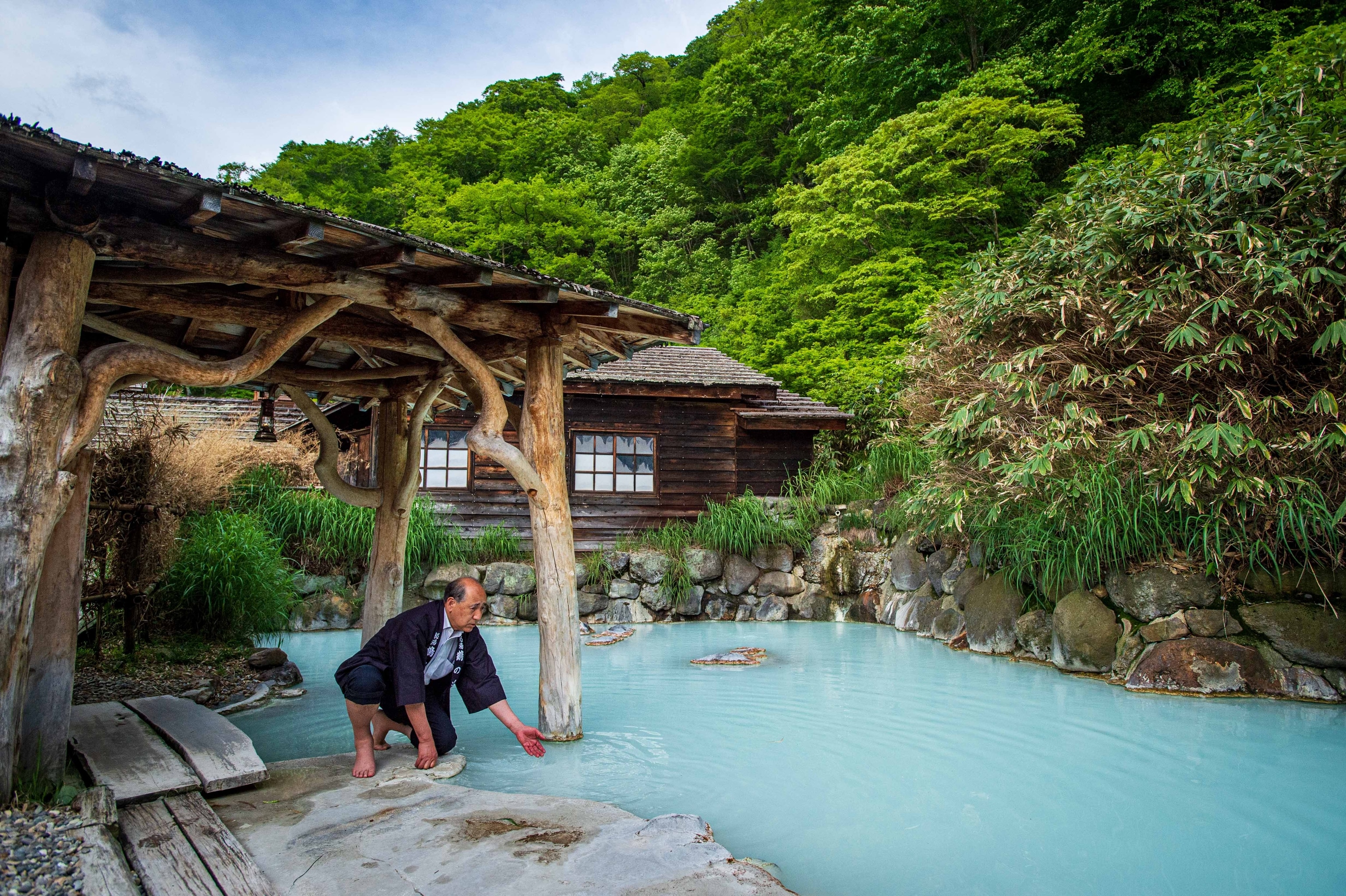
Maintaining the national parks for visitors is crucial. At Towada-Hachimantai, there are fragile alpine flora to protect and trails to restore. There are also traditions to uphold: Kazushi Sato, chairman of hot-spring ryokan inn, Tsuru-no-yu, is a guardian of toji – the region’s traditional therapeutic soak in spring water heated by underground volcanic activity. The oldest of seven hot spring operators in Nyuto Onsen Village (at the park’s southwestern edge, in Akita prefecture), Tsuru-no-yu traces its roots to the 17th century when a regional lord visited to treat his gout. Later, local farmers became frequent customers. “Farmers used to spend up to a month here. They would come after the hard labor of planting and harvesting, and relax in our baths, which are filled from four separate hot spring sources,” said Kazushi Sato, Tsuru-no-yu’s chairman. These days the inn’s baths, traditional wooden architecture and tatami mat rooms, simple meals of regional fare and old-fashioned hospitality have made it a popular destination for vacationers.
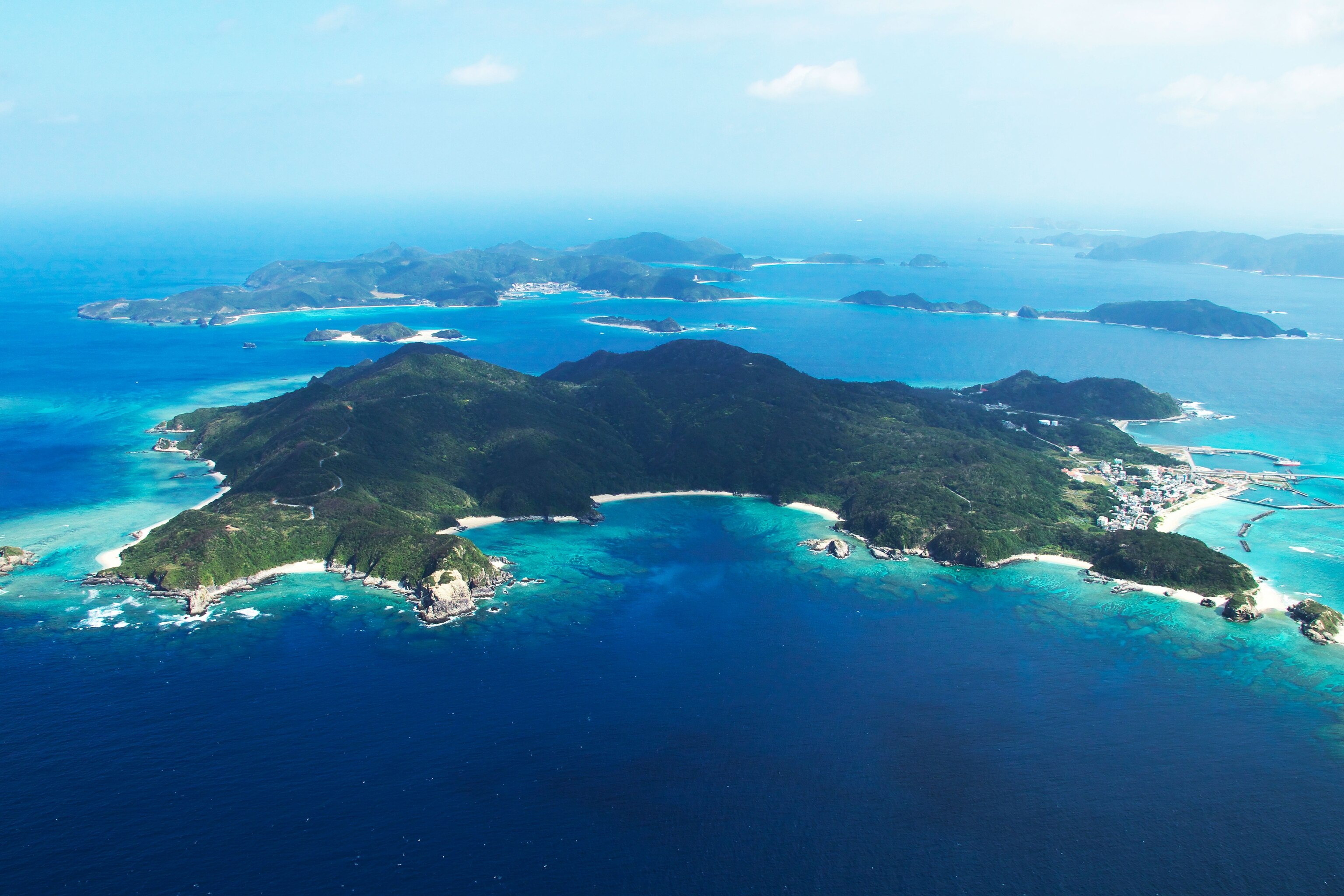
Along Japan’s southwestern fringe, Keramashoto National Park relies on a different kind of community engagement. The park, in Okinawa prefecture, covers roughly 232,000 acres (94,000 hectares) and includes four remote, inhabited islands. But only a small portion is land: 96% of the park is ocean. Why is the sea such a big part of Keramashoto? For the riches that lie beneath the surface – coral – and the economic livelihoods it supports. “In previous surveys of the reef here, we have confirmed that there are around 250 types of coral,” said Hiroki Taniguchi, who heads the Sango Yuntakukan, a tourist center specializing in coral, in Zamami village, on Akajima island. The coral in Keramashoto represent about 60% of the entire country’s reef-building species. These organisms are so intertwined with village life that students plant coral seeds and seedlings in the sea as part of an environmental study before leaving the islands for high school, said Taniguchi.
The reefs in the sea surrounding Zamami and neighboring Tokashiki village are teeming with life: damselfish, clownfish, bananafish, cardinalfish and butterfly fish, hawksbill and green sea turtles and manta rays, says Takeru Banda, founder of Vibgyor diving service and a member of the Tokashiki Diving Association. During Okinawa’s early-May-to-late-June rainy season, colonies of coral reefs release their gametes (eggs and sperm) in an underwater spectacle. “And from winter until spring, humpback whales return to nearby waters to breed and raise their calves,” says Banda.
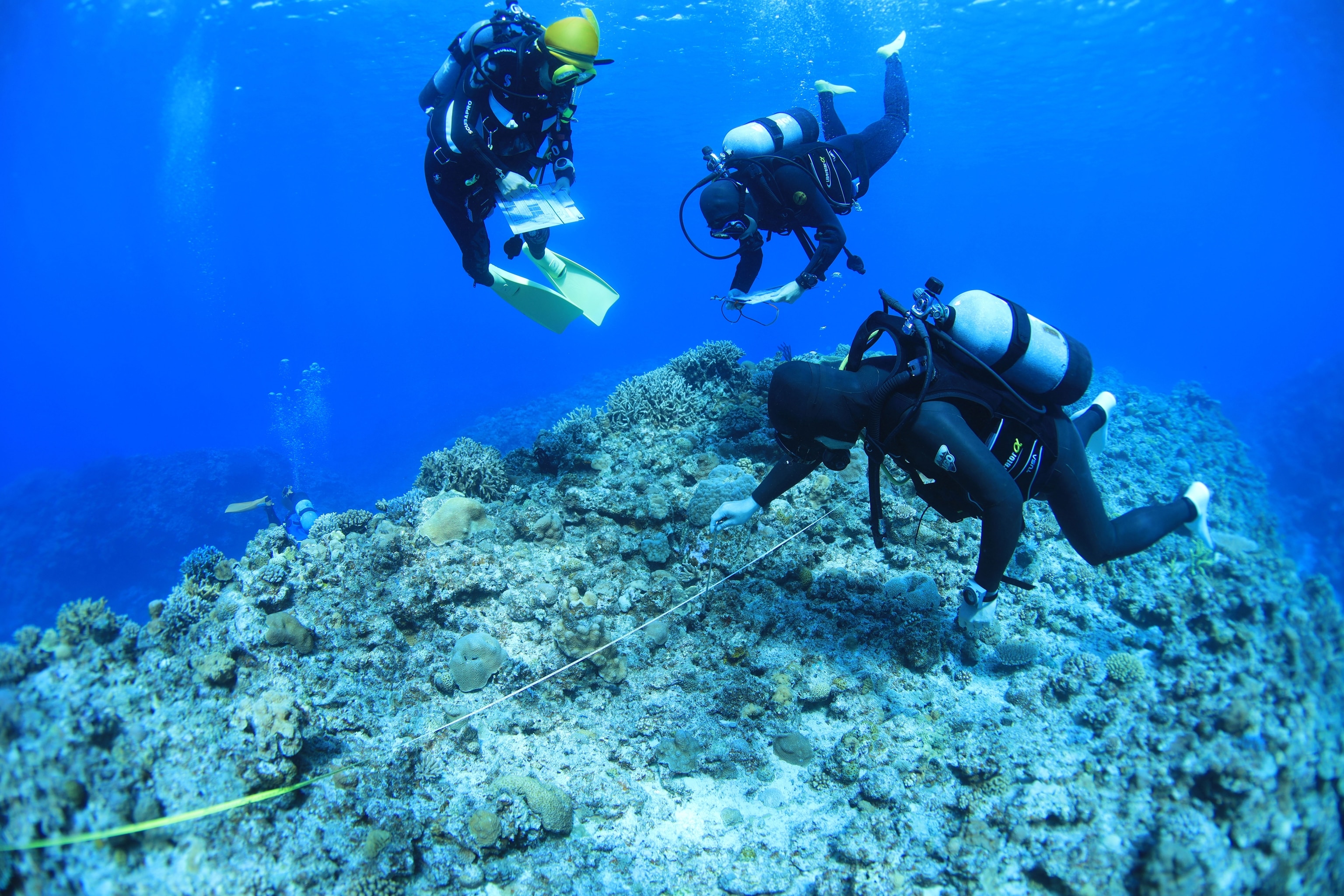
The best diving spots are less than a half-hour boat ride away. That’s convenient for diving guides but it also made it easier for locals to take an active role as protector, after coral bleaching caused by rising sea temperatures, a surge of typhoons and an explosion of predatory creatures threatened the reefs. Today, diving guides dedicate themselves to ridding the coral of reef-eating creatures and manmade objects, and they steer clear of sites that have been designated off-limits to diving – a vital step in protecting coral and fish populations. “We get rid of crown-of-thorns starfish and Reishia bronni sea snails; monitor the condition of the reefs; and remove rope and other debris from the coral after typhoons,” says Hiroshi Chiku, founder of Sea Step Divers and chairman of the Zamami Diving Association.
In Zamami and Tokashiki, divers are spearheading efforts to protect the stunning biodiversity that’s solidified Keramashoto’s reputation as an underwater wonderland. They organize clean-ups at beaches, on uninhabited islands and around boat quays. They install mooring buoys and spread awareness about the damage that boat anchors can cause to reefs. Their rules for using the surrounding sea, designated swimming areas based on the tides and training programs for nature guides strike a careful balance with the aim of sustainably using natural resources. Such community efforts have made Keramashoto a model case for how local residents can be actively involved in enhancing the allure of Japan’s national parks.

